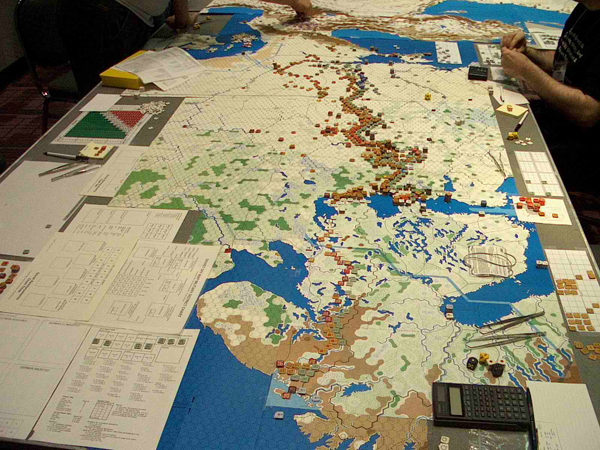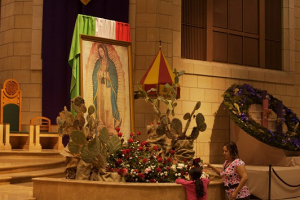Why is Bolaño so obsessed with Germany? Maybe this is naive (and US-centric) question, but throughout his work, Bolaño displays an interest in Europe as the center of culture, with the U.S. playing much more of a supportive role. We see this in 2666 wherein the three critics are European and travel to Mexico. Oscar Fate represents the only significant American character—and he is an outsider. In The Third Reich, Udo Berger plays the board game “The Third Reich” and as a model of World War II, the focus is not on the Pacific Theater or the US, but on Europe. One of the benefits of reading a lot of contemporary Latin American fiction is gaining a different perspective on the world—especially one that does not countenance the United States of America very much. Bolaño and Enrique Vila-Matas (among others) share a fascination with Paris. Bolaño moved from Chile to Mexico to the Costa Brava, Spain—the setting of The Third Reich.
The Third Reich is the story of a man who goes to Spain on vacation and can’t bring himself to leave. This is sort of what happened to Roberto Bolaño. So, it’s easy to see how the novel is a love letter to Spain, La Costa Brava, the Mediterranean Coast, and Blanes. Even though this is a novel about the interplay of games, I would argue that one of Bolaño’s main interests here is geography. Geography and history.
“History in general is a bloody thing, you have to admit.”—Udo
The game (The Third Reich) appears to be a more intricate and detailed version of Risk or Axis & Allies: Europe. But as a realistic reflection of World War II, a better parallel would probably be the game Europa. [Note the large gameboard, complex documentation, rulebooks, calculators, tweezers (!!), and hex units:]
EUROPA
http://www.zoi.wordherders.net/?page_id=22
At first glance, Bolaño doesn’t seem too interested in making the details of the game known. It’s not until late in the book that he reveals how the game is actually played (with dice) and at first, it seems more like a chess game (which requires no apparatus beyond the game pieces). But as the game between Udo and El Quemado evolves, we see more details emerge relating to how the game is actually played. Also, Bolaño initially ties up the “game” sections of the novel into standalone set pieces (which can be skipped over cleanly), but once the balance of power begins to shift from Udo to El Quemado (and Ingeborg and Hanna leave, and Udo is alone), the “game” sections become more intertwined into the main narrative.
Historically, obviously, Germany is a losing position. Yet, Udo is a national champion gamesman, from Germany, playing the German side. Until he actually loses to El Quemado, he remains convinced that he can always prevail with the German side. But he believes this is more of a strategic declaration than sympathy for the Nazis. Udo even says “I’m a kind of anti-Nazi.” It’s El Quemado whose ambiguous heritage represents the Other, the victim and enemy of the Germans. Udo is trying to re-write history in the name of geographical strategy.
Udo finds himself in a real-world game. The other game pieces are trapping him on multiple fronts and, like his match with El Quemado, the balance of power begins to shift and he finds his control over the situation slipping away. “The Wolf” and “The Lamb” seem less people than game pieces. When they corner the maid, Clarita, in Udo’s hotel room, Udo notes “she took possession of a strategic spot next to the bed.” Udo sees everything as a game, a contest, the people merely players.
Like many other novels, and many other games, there is a lot of setup without a lot of action. Like a lot of wars and a lot of summer vacations, there is monotony, a hurry-up-and-wait mentality. The allure of The Third Reich is all about setting and geography and atmosphere and scenarios. And yet, the characters, the world Bolaño creates here, comes to life as much as The Savage Detectives or 2666.



